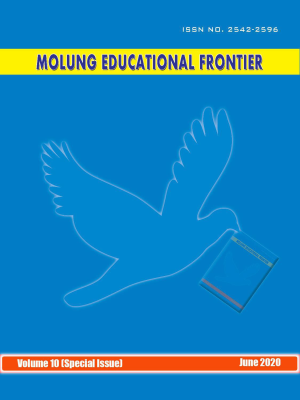Tracing the Traditional Contents and Forms in Contemporary Nepali Paintings
DOI:
https://doi.org/10.3126/mef.v10i1.34040Keywords:
Traditional Nepali Arts, western technique, contemporary Nepali paintings, referential, ambivalent, intertextualAbstract
Contemporary Nepali paintings integrate contents and forms of early Nepali arts using impressionist, expressionist and surrealist techniques from western arts. The artworks have intertextuality since they share western art trends and Nepali artistic traditions. These works decontextualize the shared contents and forms and recontextualize them in the contemporary Nepali context through appropriation. The artworks use the same thing for different purposes at different times and places. Contemporary Nepali paintings like Laya Mainali's Saswat, Yogendra Dangol's Vajra Mandala, Buddhi Thapa's Cosmic Wave, Shankar Nath Rimal's Dance of Shiva-Shakti and Puran Khadka's The Form to the Formless have integrated the icons, images and symbols of the Hindu and the Buddhist mythologies, the contents of traditional Nepali paintings and sculptures. The figures of gods and goddesses, their attributes and associated symbols have been presented in traditional Nepali arts in reference to the related myths. Structure of paubha and mandala, decorative patterns, two-dimensional colors and distinct contours are the formal qualities of these traditional artworks. These forms and contents of traditional arts have been reintegrated in contemporary Nepali paintings exploiting western techniques like fragmented lines, rough texture, distorted colors and figures, and dreamlike images and symbols. These playful western art forms facilitated Nepali artists to express their personal feelings, emotions, experiences and imagination in response to contemporary context of Nepal. These artworks present the cultural dialogue, interaction, and coexistence of traditional art forms and contents, and western techniques.
Downloads
Downloads
Published
How to Cite
Issue
Section
License
© Molung Foundation




